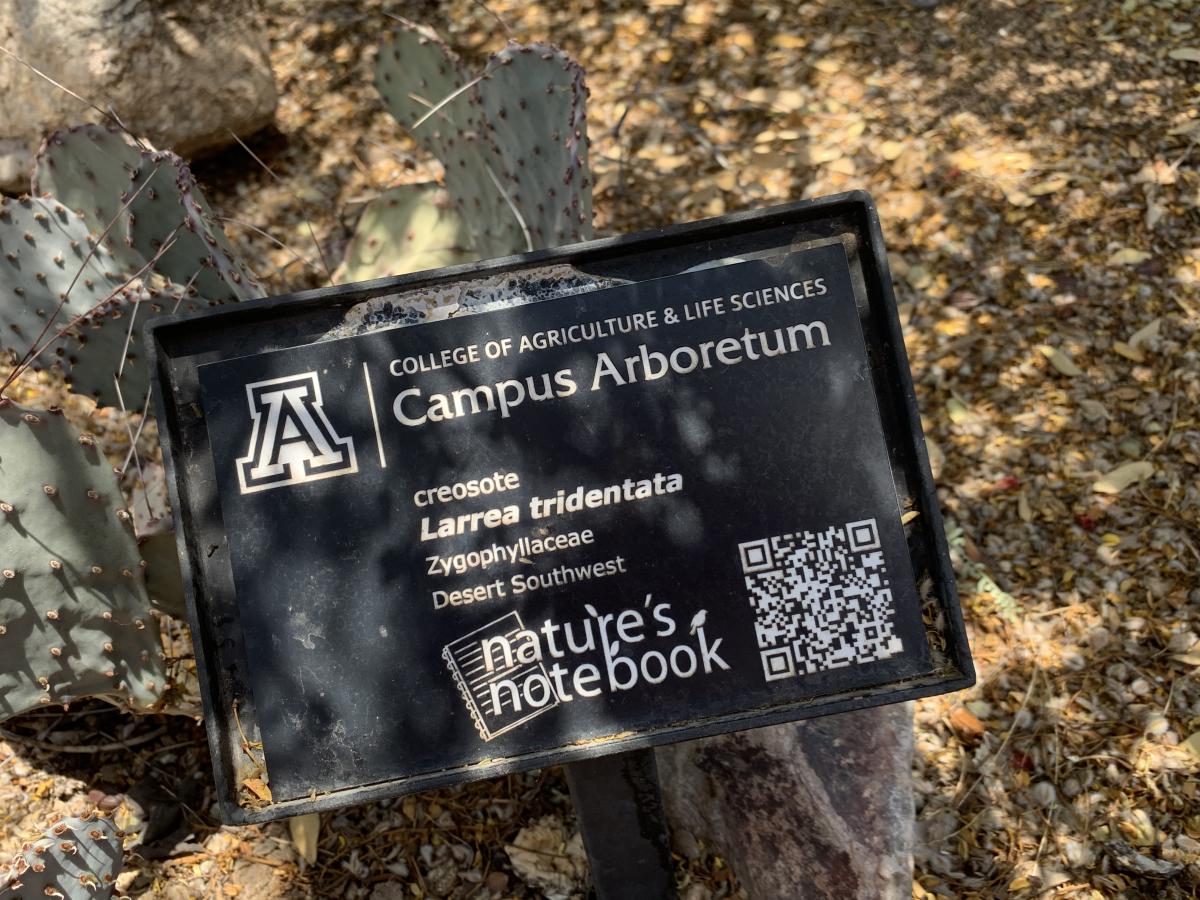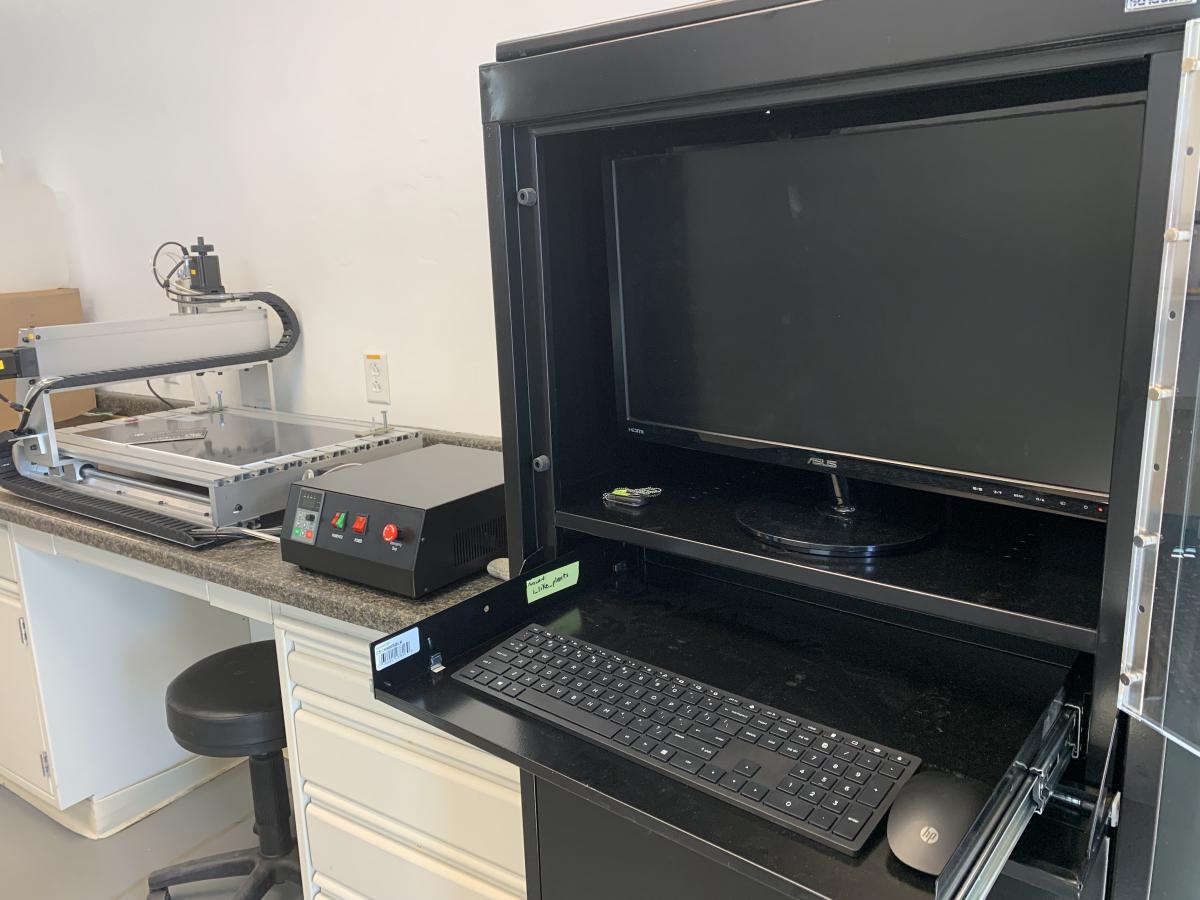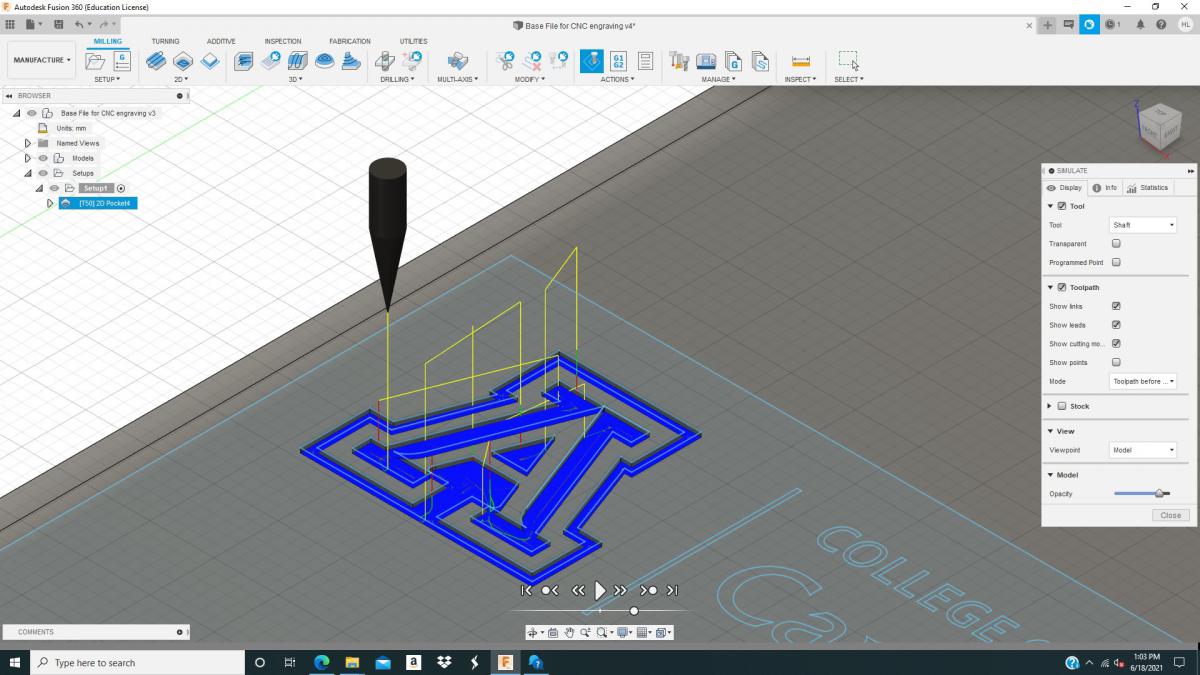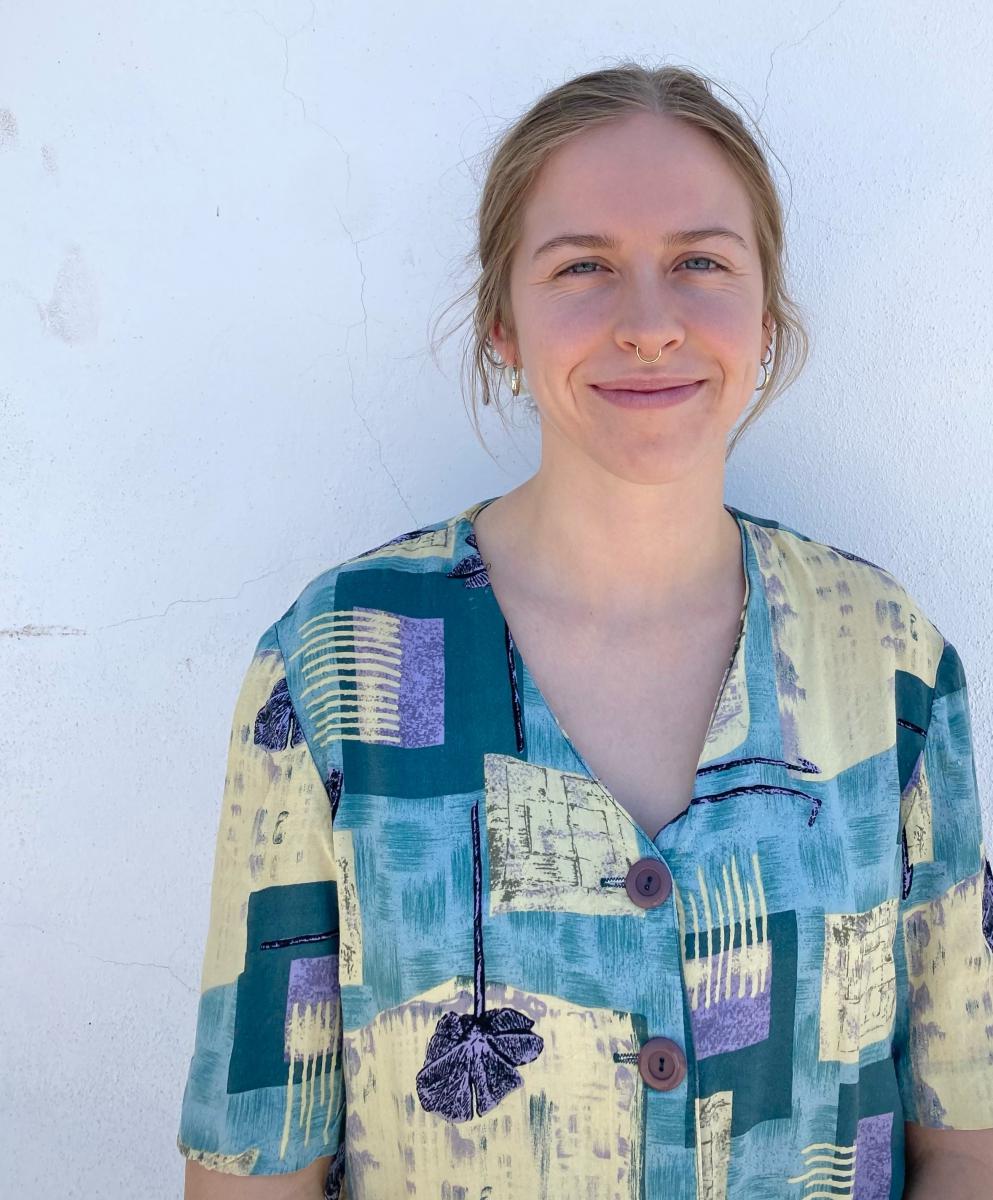 One of the first actions of the newly organized Campus Arboretum after its founding, was to begin an inventory of the campus plants and create interpretive signage. This took the form of small plastic plaques housed in a metal frame with a post inserted into the ground at one representative of the approximately 400 taxa included in the original inventory. The plaques informed any passerby of the botanical name, common name and origin of the taxa. They were red, like the UA cardinal red color and very eye-catching, however, the distribution of these signs across campus and the educational content on them was limited. To expand the educational opportunities associated with the campus plants, the Campus Arboretum undertook to expand the inventory from ~400 to ~800, capturing most of the taxa represented on campus as trees, shrubs, as well as succulents, accents, and a few small herbaceous perennials too! Further, a group of undergraduate students also designed new botanical signs equipped with QR codes linking to a website where photos and more complete educational content could be made available. Read the full story here.
One of the first actions of the newly organized Campus Arboretum after its founding, was to begin an inventory of the campus plants and create interpretive signage. This took the form of small plastic plaques housed in a metal frame with a post inserted into the ground at one representative of the approximately 400 taxa included in the original inventory. The plaques informed any passerby of the botanical name, common name and origin of the taxa. They were red, like the UA cardinal red color and very eye-catching, however, the distribution of these signs across campus and the educational content on them was limited. To expand the educational opportunities associated with the campus plants, the Campus Arboretum undertook to expand the inventory from ~400 to ~800, capturing most of the taxa represented on campus as trees, shrubs, as well as succulents, accents, and a few small herbaceous perennials too! Further, a group of undergraduate students also designed new botanical signs equipped with QR codes linking to a website where photos and more complete educational content could be made available. Read the full story here.
In the years following, countless numbers of students have been employed to write, revise, photograph, and publish content for the species descriptions needed based on the expanded inventory. As of 2021, 83% of the species pages are populated. However, the work of organizing the production of new signs with each new planting on campus, replacing signs that "go missing", and maintaining broken or worn signs has become a great challenge. To complicate the challenge, is the complexity of the ordering and production process.

Photo (above): The computer and CNC equipment in the process of getting set up!
In an attempt to streamline the process of making signage the Campus Arboretum purchased a CNC Engraving machine, along with computer, and materials to print our own signs. This undertaking also creates opportunity for student service learning now and in the future. Undergraduate student in Architecture, Hallie Letsinger, was hired summer 2021 to set up the system, develop protocols, and sign templates needed to create and print signs as needed in the future. Hallie is gaining experience related to her studies and interests in material manufacturing (she added a minor in computer science as a result of this experience as she realized she's good at it!), and is expanding her network of professional contacts as she has periodically consulted with experts for help.

Photo (above): a screenshot of the drafting program used to create the enraving path in a sign template.
The work Hallie has done, not only benefits her professionally, but will empower arboretum students in the future to be able to address sign needs in real time, using the guidebook she developed to operate the engraver, and creating signs using the templates she prepared. The results support our capacity to reach the public, save costs on signage, increase the quantity of signs on the campus grounds, and provide students with a unique set of transferable skills.


